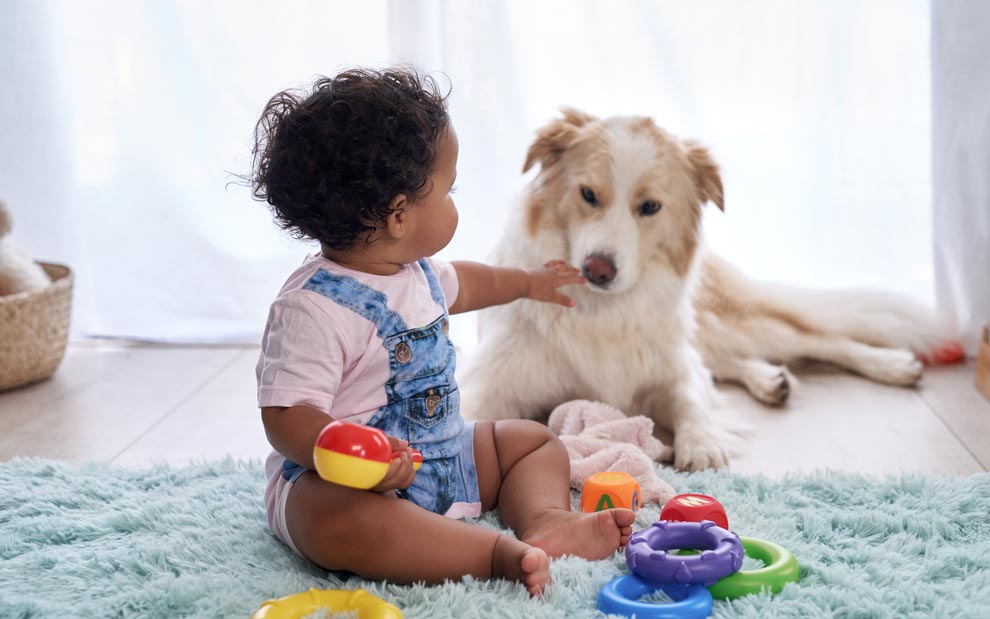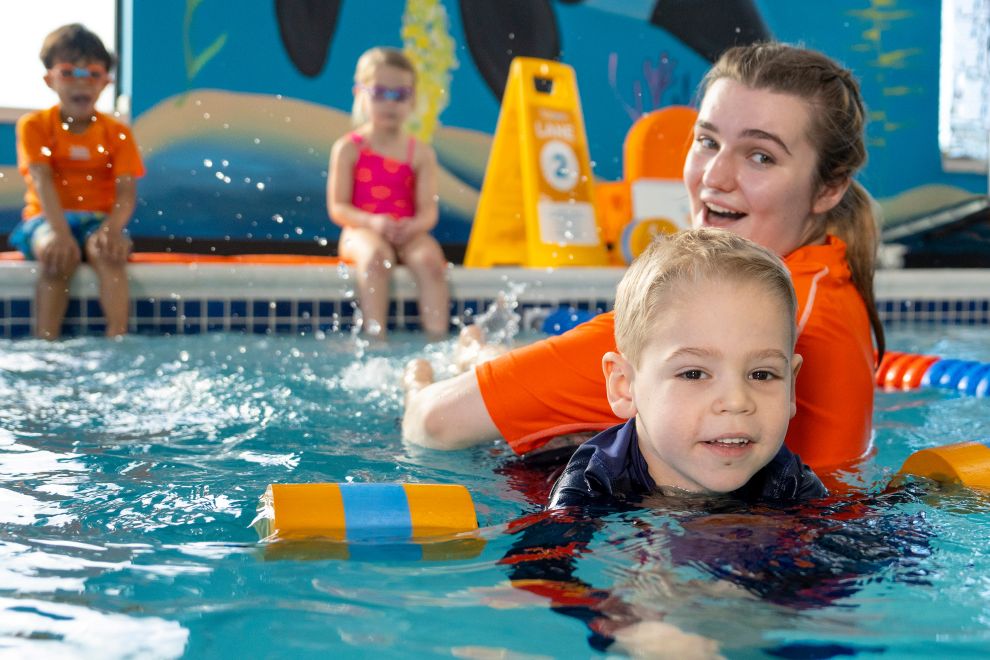Q:
My kid is different. He is gay and he has had our family’s support from the beginning. I am, however, very worried about bullying as he starts middle school. Should I try to talk with him about some of the challenges he may encounter or just wing it and see what happens?
A:
The way you and your family support and love your son will be an enormous source of resilience and comfort for him as he enters middle school. It is important to know that the secure relationship he has with you (and other trusted family members) will be his greatest resource as he faces challenges in middle school. LGTBQ+ youth are at greater risk of experiencing rejection, bullying, and discrimination. Because of these risks, it is important to increase protective factors in the lives of these youth – at home, at school, and in the communities where they live. Here are a few things to consider as you prepare for your son’s transition to middle school.
Get to know your child’s school. Connect with your child’s school counselor and assess, along with your son, whether their office can be a safe place within the school for him. Explore how the counselor addresses peer difficulties and how they may be able to support your son (and you) as you face challenges in middle school. Explore school clubs or activities that promote safe, welcoming, and accepting environments. You may ask if the school has a Genders and Sexualities Alliance (or GSA) established. If they don’t, consider supporting your child in starting one.
Get connected to community resources. As you navigate parenting in this stage, it can be a huge help to connect with other parents of LGBTQ+ youth. In the Richmond area, Side by Side (sidebysideva.org) offers comprehensive support to LGBTQ+ youth and facilitates parent support groups. Groups provide peer support, education, and resources to families of gay and queer youth. On Facebook, PFLAG Richmond (Parents and Friends of Lesbians and Gays) is another helpful resource.
Keep talking. I encourage you to continue to let your child know that you are a safe place for him to share his challenges and access support. Use conversation starters like, “Friendships can be tricky sometimes, especially as you get into middle school. I’m always here to listen.” Or, try “What do you notice about how kids at your school treat each other? What do kids in school say about being different?” When challenges do surface in these conversations, ask your child if they know how to get help and offer ideas as needed about what they can do to stay safe.
LGTBQ+ youth who experience unconditional love and support from their families tend to develop confidence in their identities and thrive. Your question gives us an opportunity to reflect on ways we can all engage in creating safe, welcoming, and accepting communities for all kids.
Q:
I’m pregnant and the baby is due this fall. We have a very large dog and two cats. My mother-in-law has been talking about how we need to get rid of these pets (she uses the word surrender). We are not doing this. Do you have any basic steps or suggestions for bringing a baby into a home with pets?
A:
Many families enjoy a home with pets and babies, and it makes sense that you want to take some steps to prepare for this transition. If your dog can benefit from any training, particularly increasing his ability to follow verbal commands, now is the time to do this. It is extremely helpful to have a well-trained dog before bringing a baby into the home. If you have concerns about aggression, now is also the time to consult with a training expert about this behavior.
A couple of months before your due date, begin preparing your pets for all of the changes in your home. Set up the baby’s nursery, including the crib, to allow time for your pets to acclimate to the new space. You can play noises such as baby cries, lullabies, and white noise machines to assist your pets in getting used to all the new sensory input they will be getting.
Once the baby is here, place a receiving blanket or an article of clothing that has been worn by the baby in a space where the dog and cats are permitted to explore. Use a warm, relaxed tone to introduce your baby to your pets and ensure that your pets continue to have their needs met (perhaps by your partner or a helpful friend or neighbor if needed).
It is important to never leave your pets alone in the room with the baby. In a crib, cats can snuggle up next to a baby and prevent them from breathing adequately, or a well-behaved dog may be startled by crying and nip or snap. Take steps to prepare your pets before the baby arrives to have the best chance for a smooth transition.





